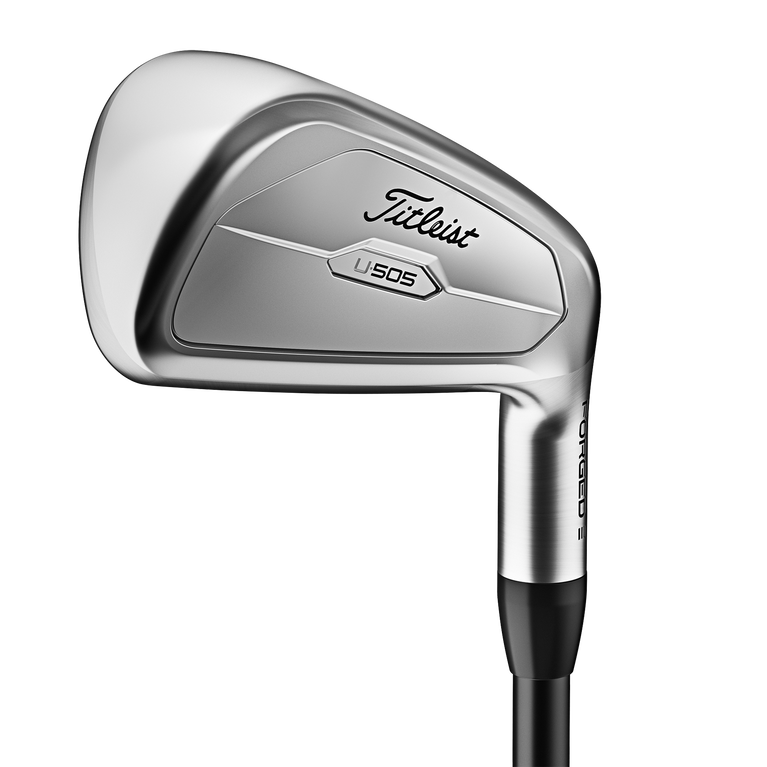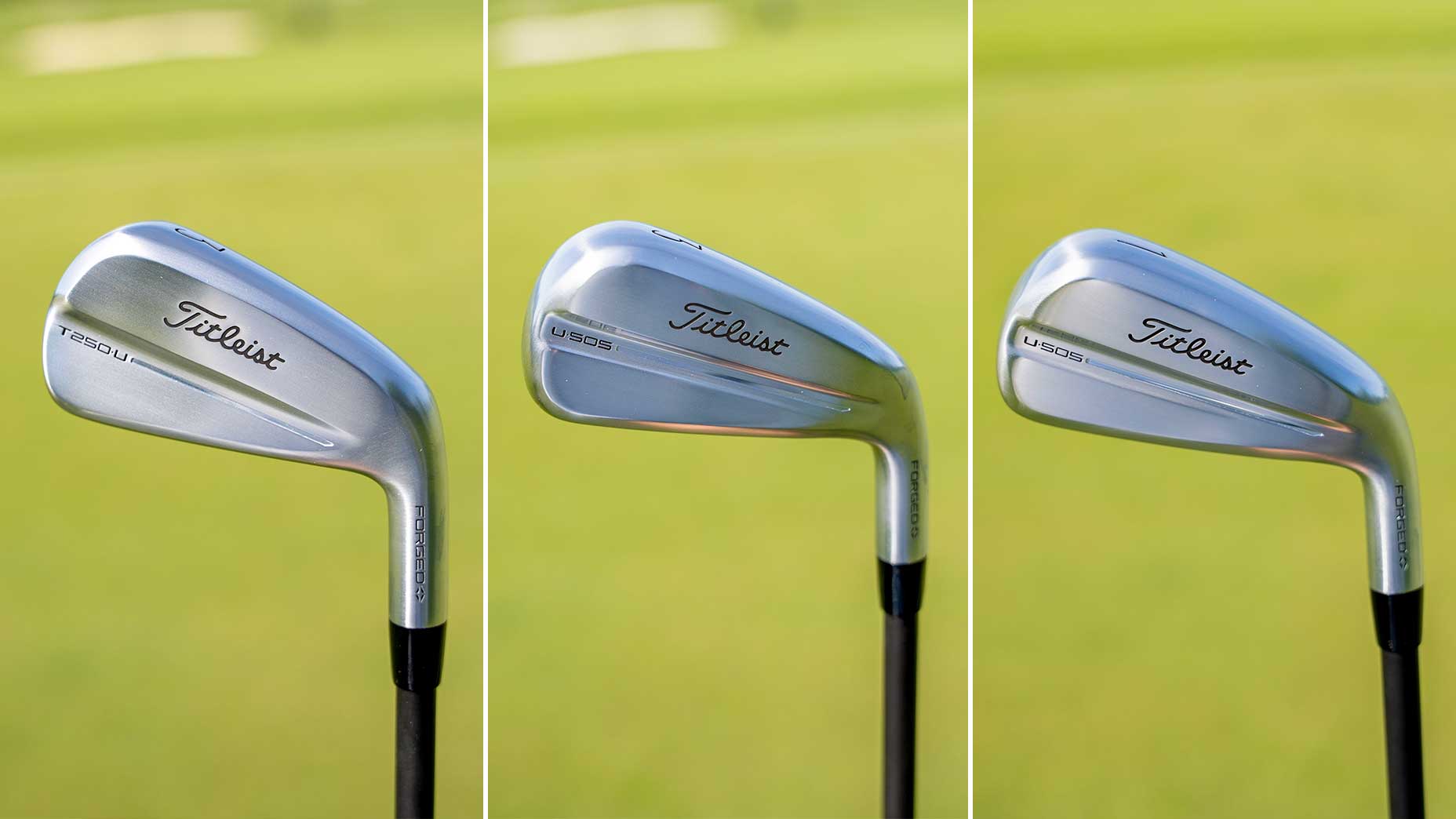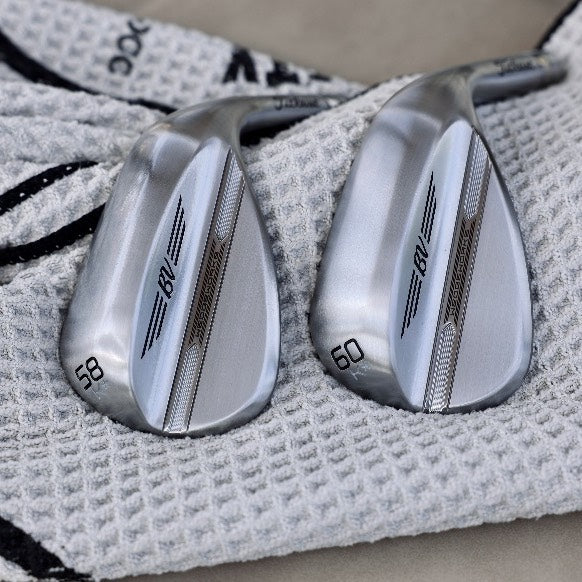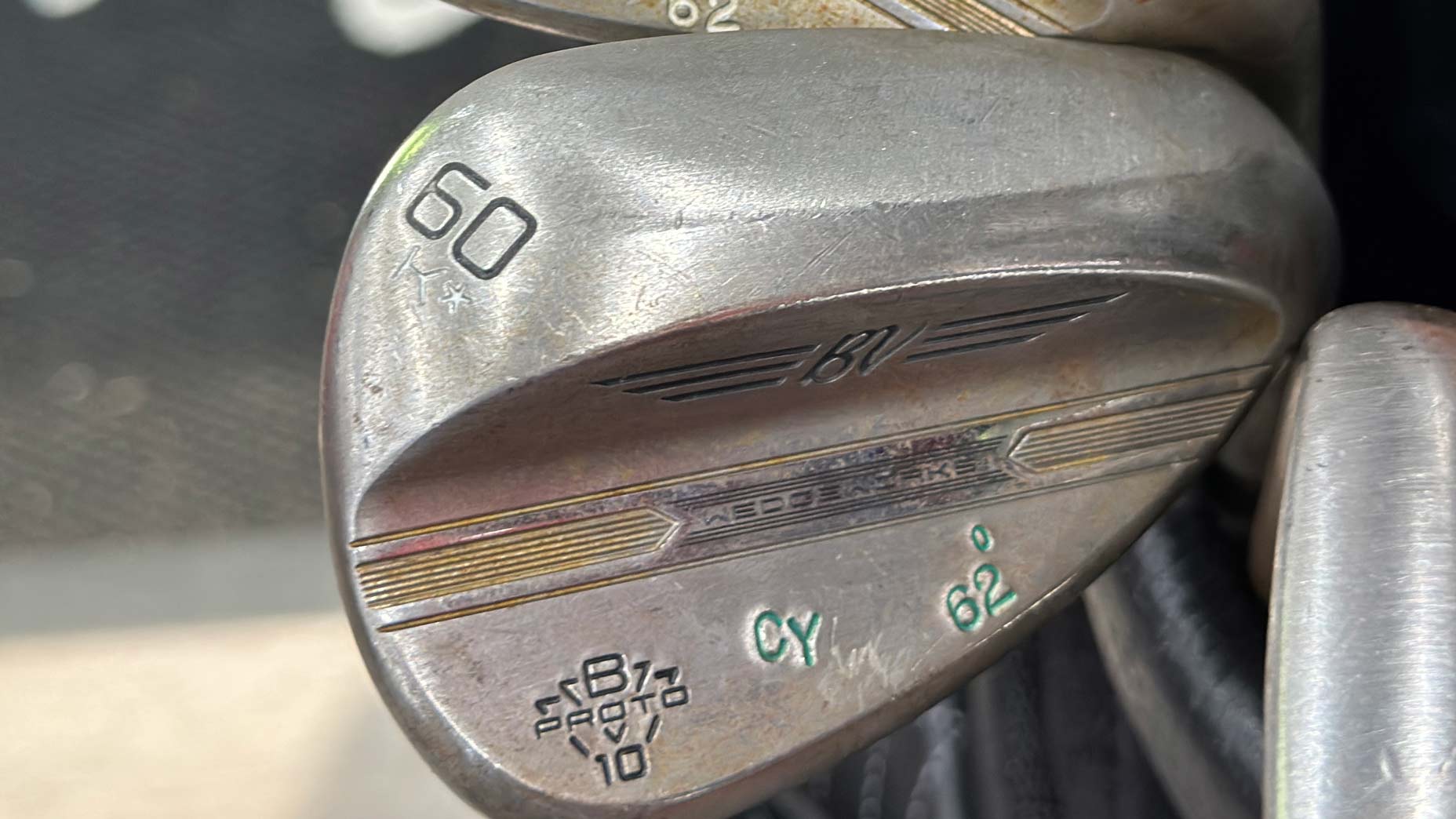I made these two key gear changes for links golf | I Tried It
There is no purer golf than links golf, and it’s a completely different game than what we’re used to here in the States.
Every July for the past four years, my father, a few friends and I have ventured to the Scottish Highlands for the week after the Open Championship, where we play some of the best courses that area has to offer, like Royal Dornoch, Nairn, Golspie, Fortrose and more.
This year, we played 216 holes in eight days, might sound psychotic … because it totally is! But as much as a trip to Linksland is an examination of your physical stamina, it’s also an examination of your shot-making ability and how you set up your golf bag to take advantage of windy days and firm turf. For that, I made two key gear changes that helped me as I navigated around the highlands.
No. 1 – A ‘do anything’ driving iron
When you play that much golf in not that much time, not all of it is going to be good golf. But when I played my best golf was really when I was making good decisions off the tee and using a driving iron more often than not.
I’ve brought a 3-iron with me each of the five times I’ve gone to Scotland, even when a hybrid or 5-wood normally occupies that spot in the bag (like it does currently). The first time, I didn’t have one, so I simply grabbed an old Mizuno blade 3-iron from my dad’s basement, but after that, I ordered a Mizuno MP-H5 hollow-bodied 3-iron to serve as a driving iron when called upon.
Since then, I’ve always had 3-irons that were strong lofted (19 or 18 degrees) and with heavy steel shafts that matched the rest of my irons. I could never find a true utility iron with a lightweight graphite shaft that allowed me to get the ball speeds I needed out of it or control the flight to make it a legitimate option.
That was, until I was fit for the new Titleist U505 3-iron ahead of Titleist’s 2025 T-Series launch. I’ve detailed a bit of my fitting experience in my launch piece for the U505 and T250U, but it was eye-opening for me to effortlessly reach the high 150s for ball speed while being able to flight a shot anywhere from 120 to 70 feet apex heights.
Titleist U505 Custom Driving Iron
View Product
I turned to my fitter in disbelief after my first swing with it.
We ended up going with a 20-degree head (3-iron), going two degrees flat to match my irons with a Project X HZURDUS 80 HY 6.5 shaft, which is nearly 50 g lighter than what I have in my irons. Normally, that would have scared me, but now I have an iron that I can flight through multiple windows and carry 240 yards with relative ease. I added a few strips of lead tape to the head just to get the swing weight to match the rest of my clubs (D4-D5).
At Nairn, one of the most fantastic driving courses I have ever played, the 3-iron came in handy. With the prevailing breeze at Nairn, seven of the first nine holes play into the wind. Seemingly every hole has at least a pair of bunkers that dictate a precise placement of the tee shot.
The carries are around 260 to take the bunkers out of play, but with every mistake magnified into the wind, trying to bust a driver over those bunkers can lead to disaster.
But with the 3-iron, whether I intentionally try to lower the ball flight or not, I find a much flatter trajectory. I could hit shots that would still carry out 230 or 240 into the wind, and I didn’t have to change my swing or setup.
That kept me short of the bunkers and then I had an open shot to run my ball up on the green. Even if I left myself a longer approach, being able to use the ground on the second shot made the approach feel shorter.
Conversely, I could get a downwind hole like the short 10th at Fortrose and Rosemarkie — a place where a driver or mini driver might go over the green and into the gorse — and I can step on one and flight it higher, use the wind and leave a ball just short of the green.
It’s truly a do-anything kind of club, earning the “utility iron” name.
No. 2 – A versatile wide-soled wedge
The day-to-day conditions in Scotland pose a unique challenge for wedge shots. The turf is crazy firm, yet the sand in the bunkers is very soft and heavy.
A narrow, low-effective bounce wedge might make sense for shots around the greens where you’re trying to clip one and get it over a ridge or hump, but they could also dig very easily in the sand. A wide-soled wedge would be great to add forgiveness and height to your shots out of the bunkers, but it could make it hard to create consistent contact on the fairways with the leading edge higher off the ground.
I typically play the Vokey SM10 WedgeWorks V Grind, which is a high-bounce but still versatile wedge grind for players who are a little steeper. It’s been a great fit for me this year, but it never left my travel bag across the pond, because as soon as I hit one shot with my Vokey K* (pronounced Kay-Star), I knew it would be perfect.
Titleist Vokey WedgeWorks SM10 K* Grind Custom Wedge
View Product
The Vokey WedgeWorks K* has been growing in popularity on the PGA Tour in recent years and has been in the bags of the last two winners.
The grind starts from the low bounce K-Grind wedge, which has a wide, smooth sole and adds a steeper pre-wear to the leading edge and trailing edge relief on both the heel and toe.
Why did this work so well for me in Scotland? Well, the added bounce to the leading edge of the sole helped me slide on top of the firm turf, while the relief on the trailing edge allowed me to play from all kinds of different club face locations.
Thankfully, the club still has a wide sole, which made it so much easier to blast the ball out of the super soft sand in Scotland.
I really never had the issues of taking too much sand like I have in the past in Scotland, and I was able to clip the ball on chip shots like I never had before over there.
For my game, it was a perfect match to the conditions.
Bottom Line
These two clubs are not additions for my everyday golf bag; in fact, I may only pull out the K* for my next trip overseas or Bandon Dunes or another place like that.
But now I have 16 clubs I like, allowing me to choose the best 14 for whatever challenge the next day is going to provide. For me, that’s not just a worthy investment — it’s a game-changing one.
Want to overhaul your bag for 2025? Find a club-fitting location near you at True Spec Golf.
The post I made these two key gear changes for links golf | I Tried It appeared first on Golf.




